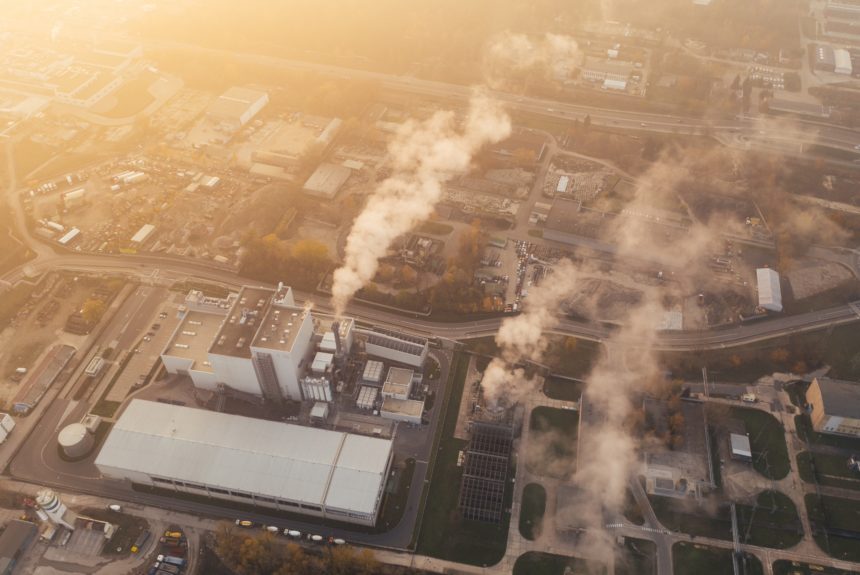Reducing global carbon dioxide emissions is an essential part of fighting climate change. However, not every industry can easily decarbonize, so carbon capture is essential. Direct air capture, a way of absorbing carbon emissions straight from the atmosphere, is an innovative but expensive technology. A new direct air capture reactor developed by academic researchers at Rice University could be the key to unlocking lower carbon capture prices.
Researchers at Rice University have developed a direct air capture (DAC) reactor that works through an electrochemical process. DAC is expensive because carbon is not highly concentrated in the atmosphere, and most current means of pulling it out of the air are energy-intensive. Currently, DAC reactors either use solvents or physical filters for carbon capture. Solvents pass chemicals through the air to remove carbon, while carbon molecules physically bind to physical filters as the air passes through. Both processes require high temperatures, a large part of DAC’s energy consumption.
An electrochemical process could cut costs by requiring less energy. The reactor developed at Rice is a modular, three-chambered structure that contains a porous electrolyte layer. As air is pushed through this layer, molecules split so that a high-quality carbon dioxide gas is left behind in the electrolyte layer. Everything else moves through the filter, and the process occurs without creating unwanted byproducts, using high heat, or adding chemicals.
“Our research findings present an opportunity to make carbon capture more cost-effective and practically viable across a wide range of industries,” explained Haotian Wang, an associate professor of chemical and biomolecular engineering at Rice University and the corresponding author on the study describing the reactor in detail. “Our innovative approach optimizes electrical inputs to efficiently control ion movement and mass transfer, reducing energy barriers.”
Wang also notes that there are ways of tweaking this technology to generate hydrogen, which is used as a clean energy source. “Hydrogen coproduction during direct air capture could translate into dramatically lower capital and operation costs for downstream manufacturing of net-zero fuels or chemicals,” he added.
The Rice University reactor has achieved industrial levels of carbon capture, signaling that the technology will be competitive with other forms of DAC. This innovative technique could not come soon enough as demand for DAC solutions grows. As we near the end of the decade, many companies are seeking to fulfill the decarbonization goals they publicly set years earlier. Other companies in sectors that have difficulty decarbonizing are reviewing technologies available to offset the carbon emissions they generate daily. Governments, including the United States, are investigating every available option to help fulfill the commitment they made to generating net-zero carbon emissions by 2050.
While DAC can be an attractive option in these areas, the current industrial-scale price point (estimated to be $230 to $630 per metric ton of carbon dioxide) can be hard to swallow. A more affordable process that lowers the price per ton would encourage those concerned about the cost of adopting DAC. Carbon capture could be a critical part of fighting climate change, and lowering costs would encourage wider adoption.
The views and opinions expressed are those of the author’s and do not necessarily reflect the official policy or position of C3.
